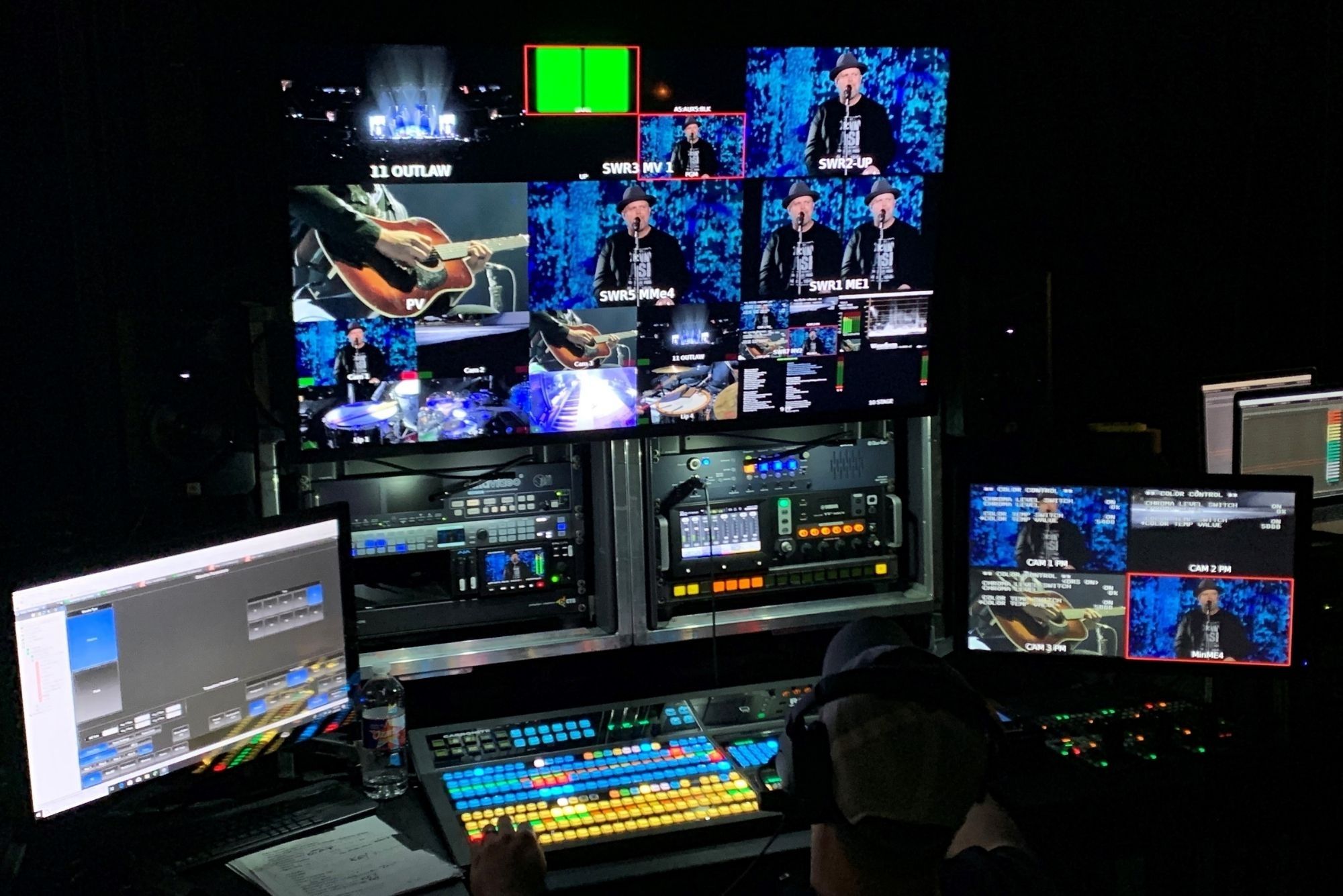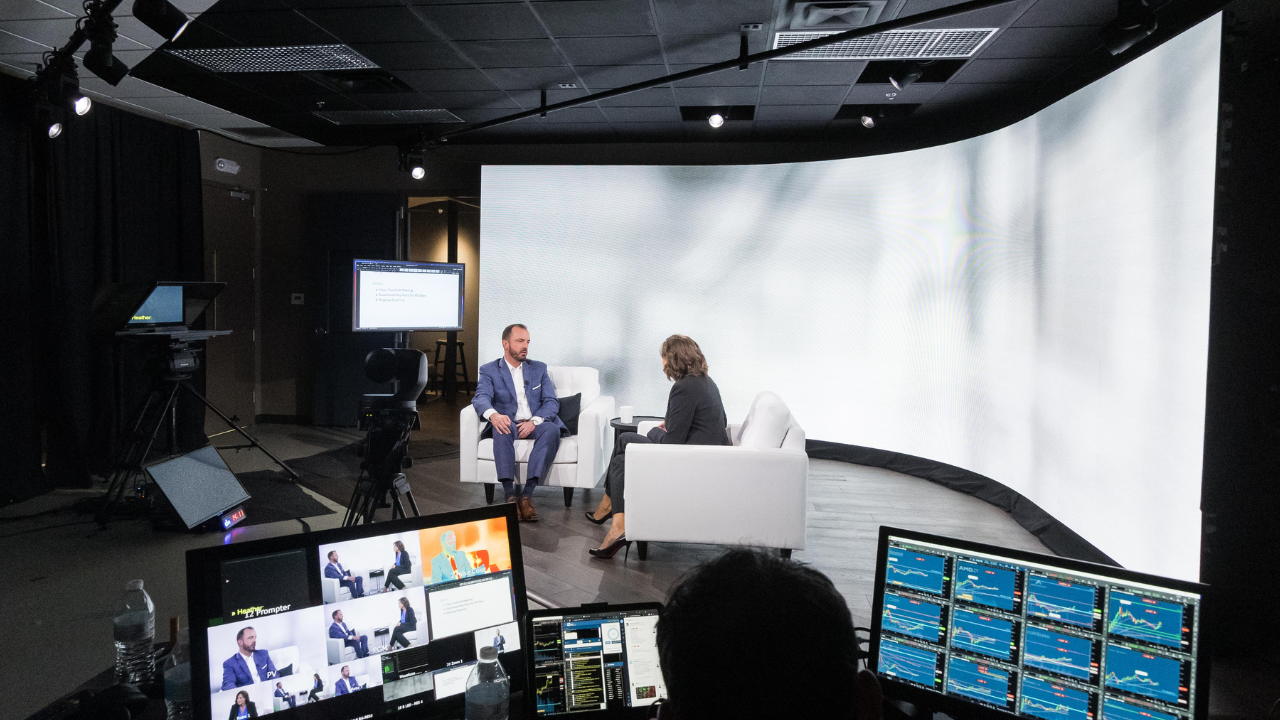Is There a Strategy Behind Your Church Streaming Setup?
Published on: Tuesday, April 12, 2022 - 7:00am

Before 2020, many churches were already streaming services online, but there were a great deal more that were not.
But then came the pandemic and its lockdown regulations. In order to reach their congregations, many churches quickly purchased cheap cameras and encoding equipment online, put it together, and started streaming.
The quality may not have been great, but it was still a huge blessing to people stuck in their homes.
Today, however, lockdown is over, and many leaders aren’t happy with the quality of their church streaming setup. One of our clients looking to fix this situation recently asked, “Do I just need to add a few more cameras?”
It’s a reasonable question, but the solution isn’t simply to purchase more equipment. The answer is strategy, intentionality, and planning.
A church with two thoughtfully chosen and placed cameras will have better streaming content than one with five quick-purchased cameras and no strategy. A quality church streaming setup will have the right equipment, in the right locations, all based in the right strategy.
3 Primary Streaming Strategies
Fully Pre-Produced
Fully pre-produced streaming means the media team prepares everything — worship content, video elements, and the message or teaching — ahead of time. They record, edit, and then post the content for the remote congregation to watch on Sunday morning.
Fully pre-produced content isn’t as common now as it was during the lockdowns of 2020. Today, churches more often choose one of the other two streaming options.
Partially Pre-Produced
While partially pre-producing content for streaming isn’t new, it has become more popular than ever. Churches pre-record certain elements during the week for inclusion in the streamed service.
A pre-produced element could be a host speaking specifically to the online congregation. Or it could be a pre-recorded message from the pastor inserted into the Sunday livestream, making it a true hybrid service rather than a live broadcast.
Fully Live Broadcast
A fully live broadcast involves no major pre-recorded elements or editing. Everything is happening live.
Live broadcast essentially means turning on streaming at the beginning of the service, and turning it off at the end. The remote congregation sees and hears exactly what’s happening in the room in real time.
4 Factors That Inform Your Church Streaming Strategy
While the year is 2022 — meaning everyone really should be able to see you online — we’re not encouraging you to simply imitate someone else’s streaming strategy or to adopt one that doesn’t work well for your church.
Your church streaming setup needs to match who you are and where you’re going. Consider the following four factors to help inform your choice and find a streaming strategy that’s right for you.
Streaming Purpose
The primary motivations for bringing churches into streaming have changed over time. For example, in the late 90s and early 2000s, churches started streaming as an alternative to television broadcast in order to reach people who couldn’t (or didn’t want to) leave their homes. Then in the 2010s, churches were looking strengthen their online presence and extend their reach.
During the pandemic, more churches jumped into streaming with the express intent of connecting with the congregations they weren’t able to see in person. Their streaming setup didn’t have to be fancy, it just had to meet the immediate need.
Today, reasons for streaming vary. Some churches want to continue to reach congregants who aren’t yet comfortable attending in-person services or those who can’t attend due to illness or travel. Other churches connected with a whole new extra-local congregation during COVID, and they want to continue and even improve that aspect of their ministry.
Whatever your church’s reason for developing a streaming setup, it should inform the approach you take and the resources you need to carry out your strategy.
Church Culture and Personality
Another important factor in creating a streaming strategy is an honest assessment of your church’s culture and personality.
Some churches have a very community-focused approach. They want to encourage local connection, strengthen ties amongst congregants and staff, and touch the lives of more people in their area.
Other churches focus more on an extra-local audience. They hope to speak to people on a national or an international level, extending their reach through the internet. They might have newly discovered congregants in England or Africa who found them online during the pandemic and feel called to pour into their streaming strategy in order to serve their global congregation.
No two churches have exactly the same culture, focus, personality, and priorities; the important thing is to choose a streaming strategy that fits yours.
Budget
The thought of budget — the cost of all that new gear and implementation — sometimes discourages churches from implementing a streaming strategy. Fortunately, there are several ways to stream quality content with varied budgets. With all the existing creative concepts and designs and the multitude of tech options, a quality church streaming setup doesn’t have to break the bank.
This is where choosing a trusted AVL partner makes a big difference. Find a partner who will take the time to get to know your church’s culture and budget, and who will help you develop your strategy accordingly.
Complexity
The fourth factor to consider in developing your streaming strategy is how much complexity you’re willing to take on in terms of technical workflows and the people to operate them.
Some churches may have the resources to run a more complex streaming setup. Other churches may not have the staff or the time for this, or they may just prefer simplicity. This is where the right AVL partner comes in. Your systems need to be built to align with the complexity of your church’s strategy, and the right partner can help you achieve that.
Take the Strategic Approach
We’re not interested in convincing people to jump on a streaming bandwagon, spend lots of money, or be something they’re not. We want churches to know who they are and make strategic, intentional decisions based on that.
Factors such as budget and technical requirements should never hinder you from investing in streaming. There are options for church streaming setups that fit within any budget and scope. You just need an AVL partner who will help you figure out what those are.



